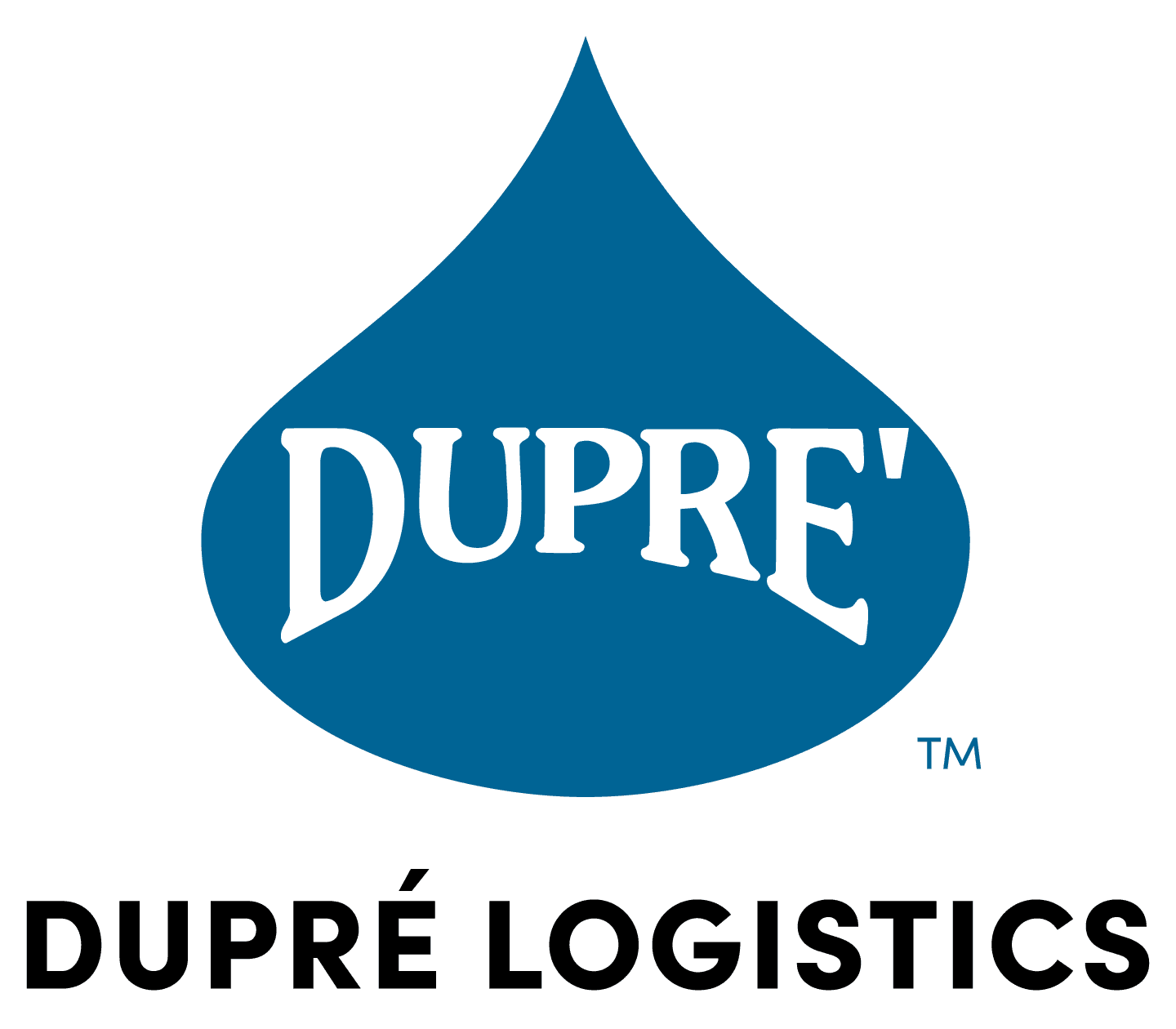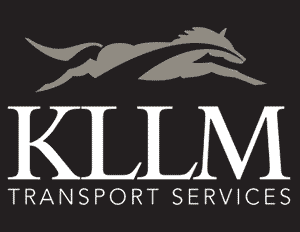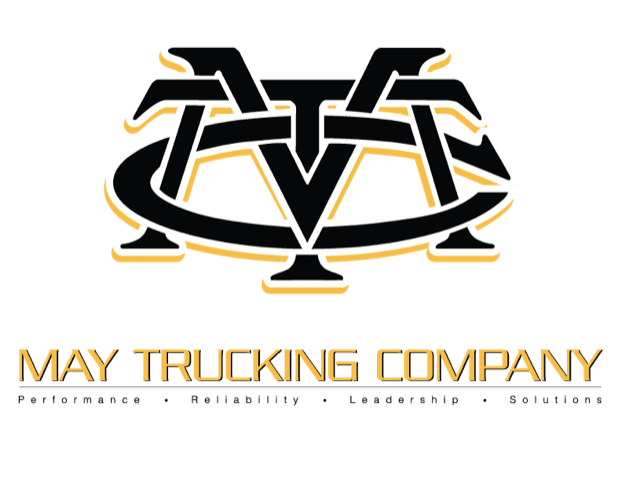Overview
The United States economy depends on a seamless supply chain network. But all of the transportation modes – rail, air, water and highway – depend on over-the-road truck drivers at some point to make the supply chain work.
In fact, commercial trucks account for 72.5% of all freight tonnage, and almost 90 percent of the finished goods, food, and retail products upon which businesses and consumers depend.
Trucking companies fall into the following categories:
Truckload (TL) carriers provide long-distance freight transportation, in which all the goods transported in the trailer are for one shipper and are designated for one delivery point. A truckload driver transports the shipper’s container to the receiver on a direct route.The TL segment transports more than 70 percent of all freight.
Less-than-truckload (LTL) carriers consolidate relatively small orders of freight from several shippers onto one trailer and transport shipments to regional terminals where the goods are redistributed to other trailers until they reach their final destinations. Goods ordered online or in small volumes are frequently shipped via LTL carriers. While smaller by volume, LTL freight is typically the most expensive to ship.
Local Delivery, Parcel and Regional Carriers function as ‘last mile’ carriers, operating within cities or small regions to pick-up and deliver products.
Intermodal freight transportation involves the use of multiple modes of transportation (rail, truck, ship, plane) to move goods. The inter modal model typically designates trucks to carry the freight on the line haul portion of the freight movement, connecting the ocean and rail segments. Inter modal freight is the fast growing segment of the freight market and the use of rail and truck is the most environmentally friendly type of freight movement.
Logistics companies are not trucking companies. Neither do they own trucks and trailers. These businesses are contracted as a go-between to coordinate the shipment of goods for retailers, warehouses, distributors, exporters and importers. Logistics companies contract with either TL or LTL carriers to transport and deliver the goods.
Statistics
According to the American Trucking Associations:
Employment:
There are 7.65 million people employed throughout the economy in jobs that relate to trucking activity in 2020 excluding the self-employed, and 3.36 million truck drivers employed in 2020.
Total Revenue:
$732.3 billion in gross freight revenues (primary shipments only) in 2020, from trucking, representing 80.4% of the nation’s freight bill.
Total Tonnage:
10.23 billion tons of freight (primary shipments only) transported by trucks in 2020, representing 72.5% of total domestic tonnage shipped.
Taxes Paid Per Year:
$48.6billion paid by commercial trucks in federal and state highway-user taxes in 2019.
24.4¢ in federal fuel tax paid for each gallon of diesel fuel as of January, 2019.
18.4¢ in federal fuel tax paid for each gallon of gasoline as of January, 2019.
As of January, 2021, 30.3¢ paid on average in state fuel tax for each gallon of diesel fuel and 28.5¢ paid on average in state fuel tax for each gallon of gasoline.
Number of Commercial Trucks:
36 million commercial trucks registered and used for business purposes (excluding government and farm) in 2019, representing 23.9% of all trucks registered.
3.97 million Class 8 trucks (including tractors and straight trucks) in operation in 2020.
Mileage:
300 billion miles traveled by all registered trucks in 2019 and 175.3 billion miles by tractor trailer combination trucks.
Number of Companies:
As of February 2021, “for hire” carriers totaled 996,894, private carriers totaled 813,440 and other* interstate motor carriers totaled 83,235. More than 90% of these for hire and private carriers operate fewer than 20 trucks.




















